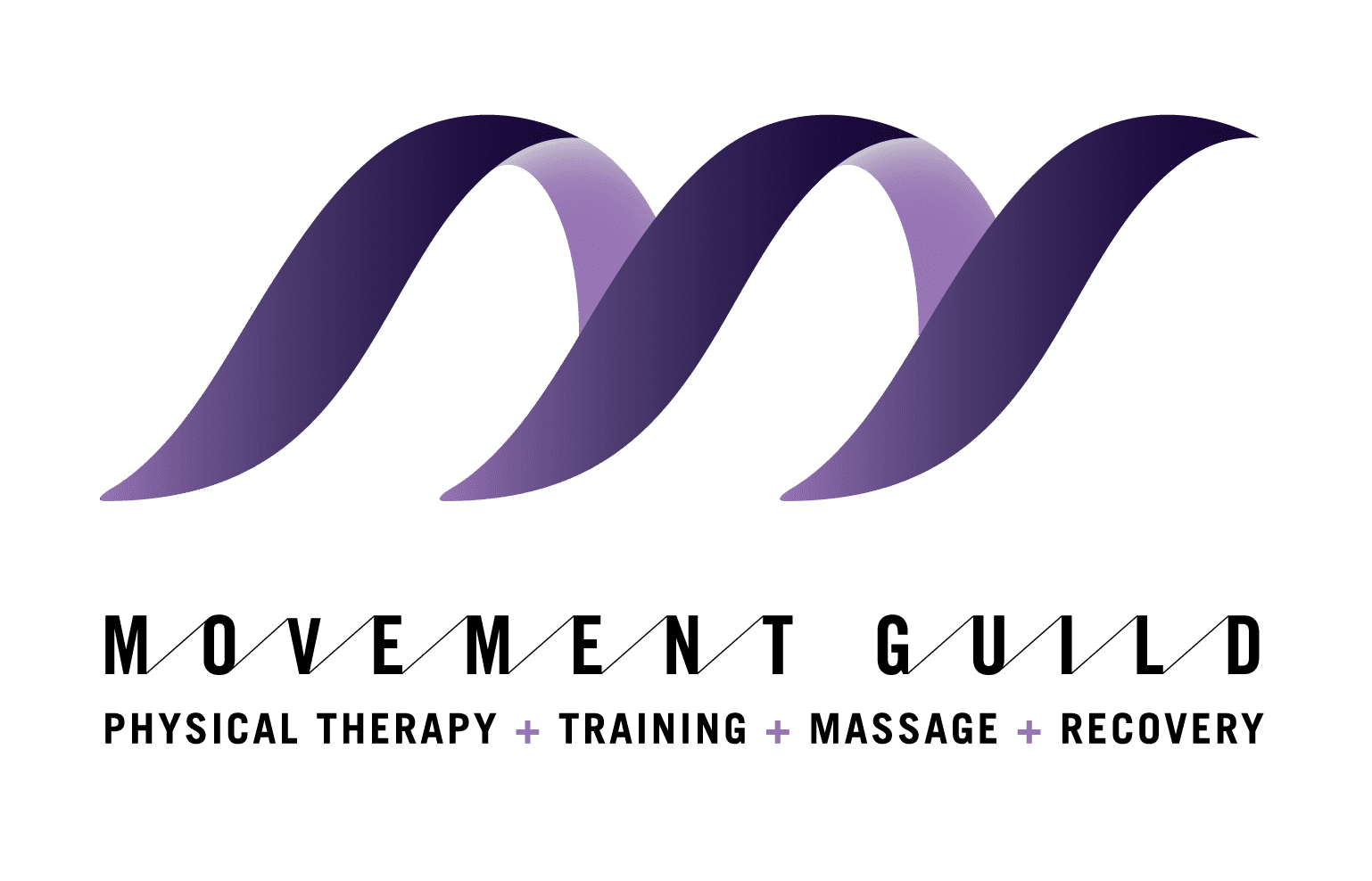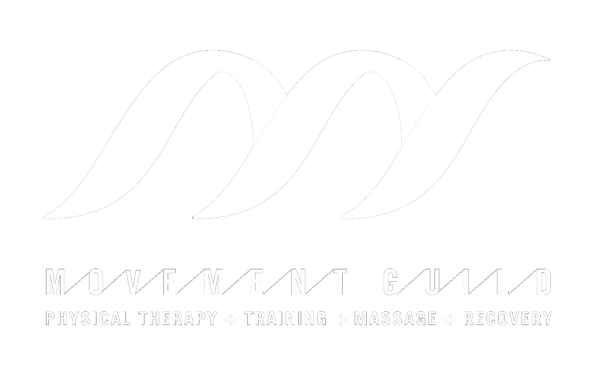Perimenopause is one of those life stages that no one really prepares you for. You might expect the hot flashes, the mood swings, or even the sleep struggles. But what about the neck and shoulder pain that seems to show up out of nowhere?
If you’ve noticed tightness, stiffness, or aching in your upper body during perimenopause, you’re not imagining it. Hormonal shifts, stress, and lifestyle factors all combine to create a perfect storm for muscle and joint pain—especially around the neck and shoulders.
At The Movement Guild, we see this pattern often. And the good news? You don’t have to just “live with it.” With the right understanding, treatment, and prevention strategies, you can ease the discomfort and get back to feeling more like yourself.
Understanding Perimenopause: Why It Affects Your Muscles and Joints
Perimenopause refers to the transitional period leading up to menopause, usually starting in your 40s (though it can begin earlier). During this time, your estrogen and progesterone levels fluctuate dramatically, and that hormonal rollercoaster impacts way more than just your reproductive system.
Hormonal Impact on Musculoskeletal Health
Estrogen plays a role in maintaining muscle and joint health by reducing inflammation and helping regulate collagen. As estrogen dips during perimenopause, you may notice:
Increased muscle stiffness
Joint aches and soreness
Higher sensitivity to stress and pain
Combine that with disrupted sleep and increased tension from mood changes, and your neck and shoulders become prime areas for discomfort.
Common Causes of Neck and Shoulder Pain in Perimenopause
While hormones set the stage, there are several other reasons neck and shoulder pain tend to flare up during perimenopause.
1. Muscle Tension from Stress
Perimenopause often brings heightened anxiety, stress, and irritability due to shifting hormones. Stress naturally causes us to carry tension in the neck and shoulders, leading to tightness and knots.
2. Poor Sleep Quality
Night sweats and insomnia are common during perimenopause. Without quality sleep, your muscles don’t repair and recover properly, leaving them tight and sore.
3. Postural Strain
Spending long hours at a desk, scrolling on your phone, or hunching over can make already tense muscles even worse. Hormonal changes amplify the body’s response to these strains.
4. Decreased Muscle Mass
As estrogen declines, it becomes harder to maintain muscle strength. Weak muscles around the shoulders and spine put more strain on joints and ligaments, increasing pain.
5. Inflammation and Joint Changes
Lower estrogen also means higher inflammation. Some women experience early-onset joint stiffness or even signs of osteoarthritis, particularly in weight-bearing and highly mobile areas like the neck and shoulders.
Diagnosis: Is It Perimenopause or Something Else?
Not all neck and shoulder pain during this stage of life is directly tied to perimenopause, so it’s important to get a clear picture.
Self-Assessment Questions:
Did your symptoms begin around the same time as other perimenopause changes (irregular periods, hot flashes, mood swings)?
Do you notice more stiffness or soreness in the morning or after poor sleep?
Is your pain symmetrical, or more general rather than tied to a single injury?
If you answered “yes” to these, hormones may be playing a role.
Red Flags to Watch For:
Sharp, radiating pain down the arm
Numbness or tingling in the fingers
Sudden, severe neck stiffness (especially with fever)
Pain that doesn’t improve with rest or movement
If you’re dealing with these symptoms, it’s worth getting a professional evaluation to rule out other conditions. At The Movement Guild, we specialize in helping people pinpoint the root cause of pain so treatment can be effective—not just temporary.
Treatment Options for Perimenopause Neck and Shoulder Pain
The good news: you don’t have to just “wait it out.” There are plenty of safe and effective ways to manage and reduce neck and shoulder pain during perimenopause.
Home Remedies
Heat therapy: A warm shower or heating pad relaxes stiff muscles.
Gentle stretching: Slow neck rotations, shoulder rolls, and chest openers can reduce tension.
Stress management: Breathing exercises, meditation, or journaling help minimize tension carried in the body.
Physical Therapy
At The Movement Guild, our physical therapy approach goes deeper than just stretches. We design programs that:
Restore neck and shoulder mobility
Strengthen supporting muscles to reduce strain
Improve posture through movement training
Use manual therapy to release tightness and restore circulation
Lifestyle and Holistic Support
Prioritize sleep hygiene: consistent bedtime, cool environment, and no screens before bed.
Stay active: light resistance training helps maintain muscle mass.
Focus on anti-inflammatory foods: leafy greens, omega-3s, and less processed sugar.
Medical Interventions
If pain persists, your healthcare provider may recommend hormone replacement therapy (HRT) or non-hormonal medications to help balance symptoms. The key is combining medical support with physical therapy for lasting results.
Prevention: Keeping Pain from Taking Over
Instead of waiting for pain to set in, you can take steps to stay ahead of it during perimenopause.
Strengthen Consistently
Incorporate resistance training 2–3 times per week. Focus on the upper back, shoulders, and core to support posture and reduce strain.
Stretch Daily
Even 5–10 minutes a day of simple stretches for the chest, traps, and neck can work wonders.
Move More During the Day
Break up long sitting periods with quick movement breaks—walks, standing stretches, or posture resets.
Manage Stress
Find outlets that work for you: yoga, breathwork, journaling, or even a regular massage. Less stress = less muscle tension.
Why Work With The Movement Guild?
At The Movement Guild, we don’t just hand you a generic list of stretches and send you on your way. We create customized treatment plans built around your specific pain, your lifestyle, and your goals.
We know perimenopause isn’t just a “phase”—it’s a real challenge that affects every part of your life. Our team is here to help you feel stronger, move better, and take control of your health without feeling like you’re fighting your body.
Take the First Step Toward Relief Today
Neck and shoulder pain during perimenopause may be common—but it doesn’t have to control your life. With the right combination of movement, therapy, and lifestyle adjustments, you can find lasting relief and feel more like yourself again.
Don’t wait for the pain to get worse. Let’s address it head-on.
Book your evaluation today at The Movement Guild or jump straight to online scheduling here. Your neck and shoulders will thank you.

